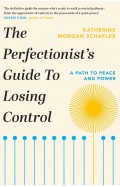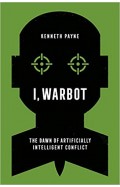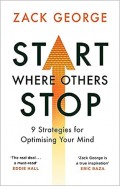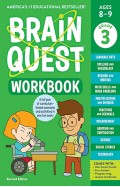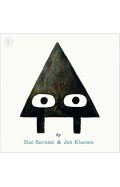- Home
- Self Help
- Families & Relationships
- Love in the Time of Algorithms: What Technology Does to Meeting and Mating
Love in the Time of Algorithms: What Technology Does to Meeting and Mating
By: Dan Slater
-
Rs 845.75
- Rs 995.00
- 15%
You save Rs 149.25.
Due to constant currency fluctuation, prices are subject to change with or without notice.
| Book | |
| What's in the Box? | 1 x Love in the Time of Algorithms: What Technology Does to Meeting and Mating |
Love in the Time of Algorithms: What Technology Does to Meeting and Mating
By: Dan Slater
Rs 845.75 Rs 995.00 Ex Tax :Rs 845.75
Zubin Mehta: A Musical Journey (An Authorized Biography)
By: VOID - Bakhtiar K. Dadabhoy
Rs 892.50 Rs 1,050.00 Ex Tax :Rs 892.50
Usborne Young Reading Series 3 Alexander The Great
By: Jane Bingham
Rs 1,525.50 Rs 1,695.00 Ex Tax :Rs 1,525.50
Usborne Young Reading Series 3 Leonardo Da Vinci
By: Karen Ballard
Rs 930.75 Rs 1,095.00 Ex Tax :Rs 930.75
The Greatest Urdu Stories Ever Told
By: Muhammad Umar Memon
Rs 1,975.50 Rs 2,195.00 Ex Tax :Rs 1,975.50
Built to Last Successful Habits Of Visionary CompaniesAI
By: James C. Collins
Rs 4,045.50 Rs 4,495.00 Ex Tax :Rs 4,045.50
Great Soul Mahatma Gandhi And His Struggle With India
By: Joseph Lelyveld
Rs 731.25 Rs 975.00 Ex Tax :Rs 731.25
The Power Of Positive Thinking For Young People
By: Norman Vincen Peale
Rs 2,245.50 Rs 2,495.00 Ex Tax :Rs 2,245.50
Get Real: How To Tell It Like It Is In A World of Illusions
By: Eliane Glaser
Rs 531.25 Rs 625.00 Ex Tax :Rs 531.25
Usborne Young Reading Series 3 Alexander The Great
By: Jane Bingham
Rs 1,525.50 Rs 1,695.00 Ex Tax :Rs 1,525.50
Usborne Young Reading Series 3 Leonardo Da Vinci
By: Karen Ballard
Rs 930.75 Rs 1,095.00 Ex Tax :Rs 930.75
The Greatest Urdu Stories Ever Told
By: Muhammad Umar Memon
Rs 1,975.50 Rs 2,195.00 Ex Tax :Rs 1,975.50
Authentic: How to be yourself and why it matters
By: Stephen Joseph
Rs 2,290.75 Rs 2,695.00 Ex Tax :Rs 2,290.75
Multiplying and Dividing (Star Learner) Paperback
By: Igloo Books Ltd
Rs 397.50 Rs 795.00 Ex Tax :Rs 397.50
The Game of Life and how to Play it
By: Florence Scovel Shinn
Rs 2,965.50 Rs 3,295.00 Ex Tax :Rs 2,965.50
Growing Patterns: Fibonacci Numbers in Nature
By: Sarah C Campbell
Rs 1,695.75 Rs 1,995.00 Ex Tax :Rs 1,695.75
Only the Paranoid Survive - How to Exploit the Crisis Points that Challenge Every Company and Career
By: Andrew Grove
Rs 2,965.50 Rs 3,295.00 Ex Tax :Rs 2,965.50
Five Arguments All Couples (Need To) Have: And Why the Washing-Up Matters
By: Joanna Harrison
Rs 2,695.50 Rs 2,995.00 Ex Tax :Rs 2,695.50
Very First Questions and Answers What's Inside Me?
By: Katie Daynes
Rs 2,155.50 Rs 2,395.00 Ex Tax :Rs 2,155.50
Mindsight - Transform Your Brain with the New Science of Kindness
By: Daniel Siegal
Rs 2,800.75 Rs 3,295.00 Ex Tax :Rs 2,800.75
Practical Jewellery-Making Techniques - Problem Solving
By: Stephen OKeeffe
Rs 5,665.50 Rs 6,295.00 Ex Tax :Rs 5,665.50
A World Without Work: Technology, Automation and How We Should Respond
By: Daniel Susskind
Rs 1,355.75 Rs 1,595.00 Ex Tax :Rs 1,355.75
How to Make it Happen: Turning Failure into Success
By: Maria Hatzistefanis
Rs 2,800.75 Rs 3,295.00 Ex Tax :Rs 2,800.75
The Age of AI: "THE BOOK WE ALL NEED"
By: Henry A. Kissinger
Rs 2,515.50 Rs 2,795.00 Ex Tax :Rs 2,515.50
Lessons on Success: 17 Principles of Personal Achievement - Through Action & Attitude
By: Napoleon Hill
Rs 1,440.75 Rs 1,695.00 Ex Tax :Rs 1,440.75
Our Final Invention: Artificial Intelligence and the End of the Human Era
By: James Barrat
Rs 4,755.75 Rs 5,595.00 Ex Tax :Rs 4,755.75
Play Smart on the Go Early Learning Ages 2+ - Picture Puzzles, Art Projects, Numbers
By: Isadora Smunket Smunket
Rs 445.50 Rs 495.00 Ex Tax :Rs 445.50
Counter Mentor Leadership: How to Unlock the Potential of the 4-Generation Workplace
By: Kelly Riggs & Robby Riggs
Rs 2,545.75 Rs 2,995.00 Ex Tax :Rs 2,545.75
Iranian Architecture: A Visual History
By: Sohrab Sardashti
Rs 18,895.50 Rs 20,995.00 Ex Tax :Rs 18,895.50
Web3 - Charting the Internet's Next Economic and Cultural Frontier
By: Alex Tapscott
Rs 4,945.50 Rs 5,495.00 Ex Tax :Rs 4,945.50
The Remix: How to Lead and Succeed in the Multigenerational Workplace
By: Lindsey Pollak
Rs 1,355.75 Rs 1,595.00 Ex Tax :Rs 1,355.75
The Metaverse - Fully Revised and Updated Edition: Building the Spatial Internet
By: Matthew Ball
Rs 7,735.50 Rs 8,595.00 Ex Tax :Rs 7,735.50
In the Swamp by the Light of the Moon
By: frann preston gannon
Rs 1,795.50 Rs 1,995.00 Ex Tax :Rs 1,795.50
The Perfectionists Guide to Losing Control
By: Katherine Morgan Schafler
Rs 3,865.50 Rs 4,295.00 Ex Tax :Rs 3,865.50
I, Warbot - The Dawn of Artificially Intelligent Conflict
By: Kenneth Payne
Rs 3,395.75 Rs 3,995.00 Ex Tax :Rs 3,395.75
Start Where Others Stop: 9 strategies for optimising your mind
By: Zack George
Rs 2,035.75 Rs 2,395.00 Ex Tax :Rs 2,035.75
How to Find Your Happy Place - Quiet Spaces and Journal Pages for Busy Minds
By: Alison Davies
Rs 1,355.75 Rs 1,595.00 Ex Tax :Rs 1,355.75
Brain Quest Workbook: 3rd Grade Revised Edition
By: Workman Publishing
Rs 3,865.50 Rs 4,295.00 Ex Tax :Rs 3,865.50
Political Lessons from the Life of Prophet Muhammad(P.B.U.H)
By: Hassan Mueez
Rs 720.00 Rs 800.00 Ex Tax :Rs 720.00
Zubin Mehta: A Musical Journey (An Authorized Biography)
By: VOID - Bakhtiar K. Dadabhoy
Rs 892.50 Rs 1,050.00 Ex Tax :Rs 892.50
Love in the Time of Algorithms: What Technology Does to Meeting and Mating
By: Dan Slater
Rs 845.75 Rs 995.00 Ex Tax :Rs 845.75
Usborne Young Reading Series 3 Alexander The Great
By: Jane Bingham
Rs 1,525.50 Rs 1,695.00 Ex Tax :Rs 1,525.50
Usborne Young Reading Series 3 Leonardo Da Vinci
By: Karen Ballard
Rs 930.75 Rs 1,095.00 Ex Tax :Rs 930.75
The Greatest Urdu Stories Ever Told
By: Muhammad Umar Memon
Rs 1,975.50 Rs 2,195.00 Ex Tax :Rs 1,975.50












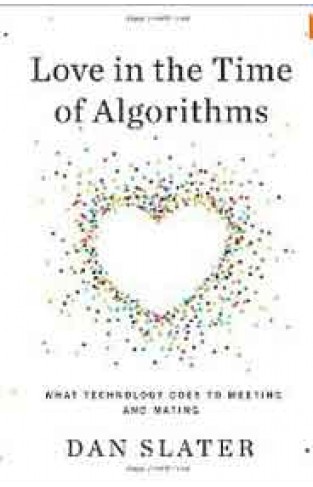
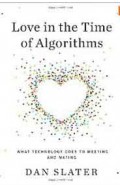
-120x187.jpg?q6)





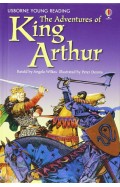

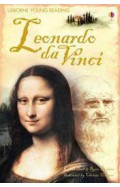
-120x187.jpg?q6)


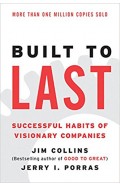
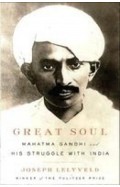

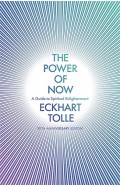
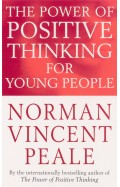
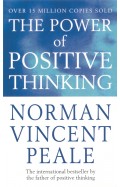

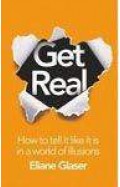
-(BB)-120x187.jpg?q6)


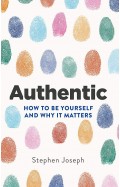
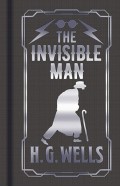





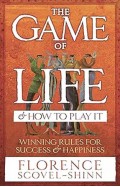
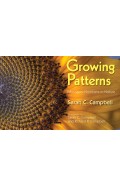

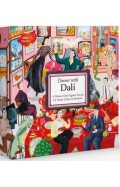
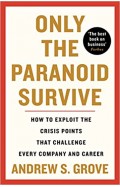
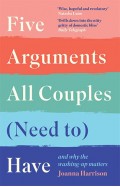
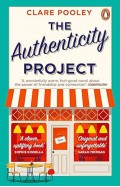
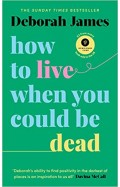
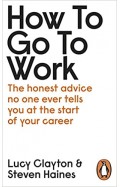

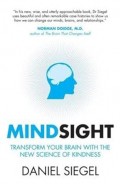


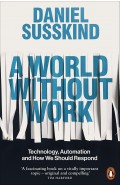

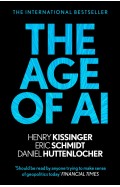
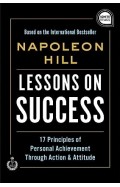
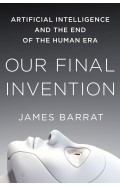
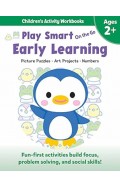
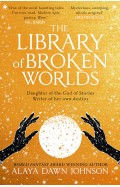

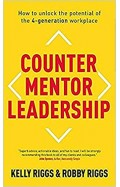

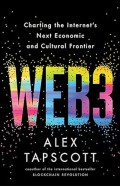
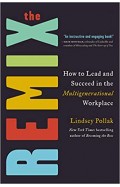





-Paperback-120x187.jpg?q6)
